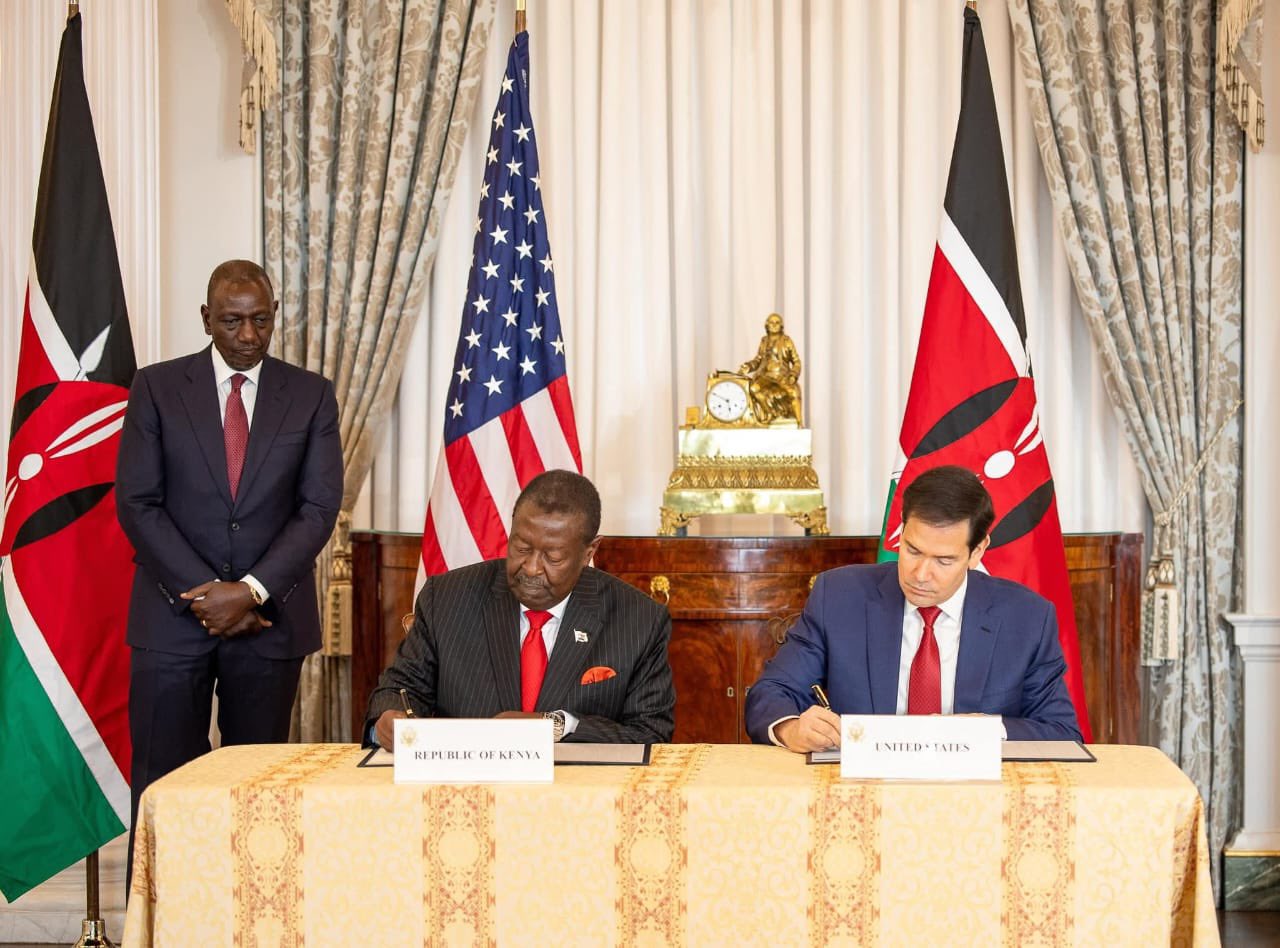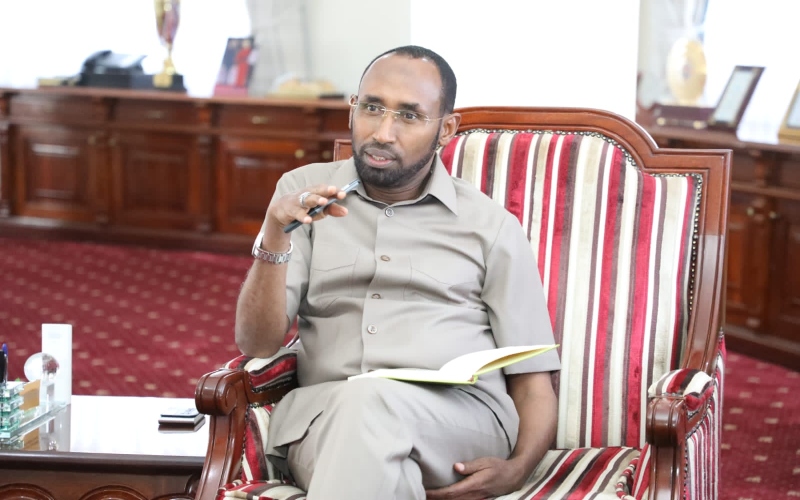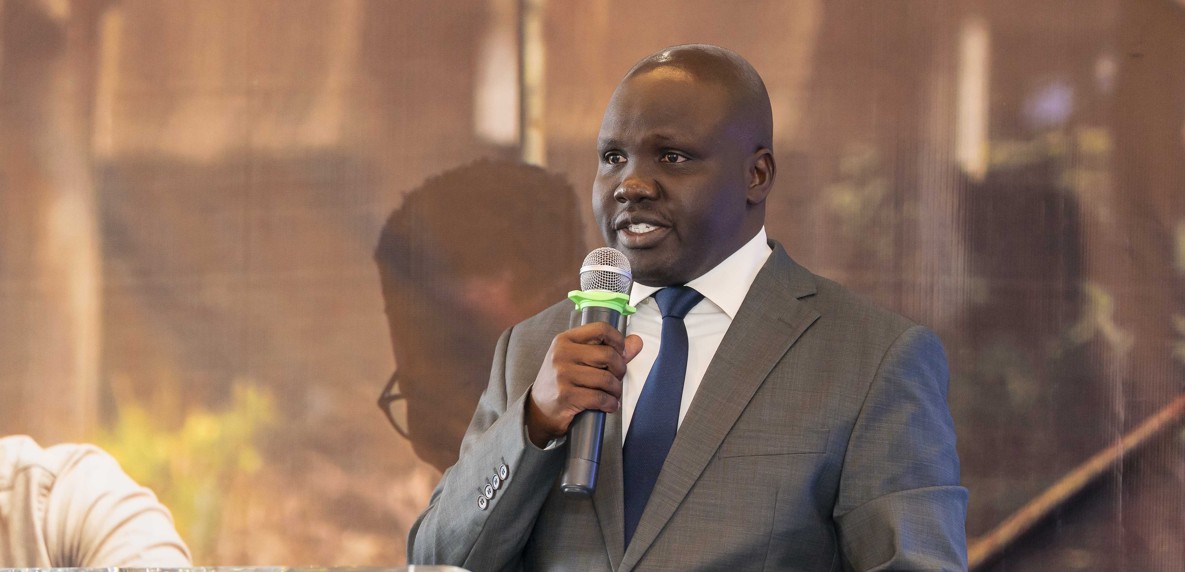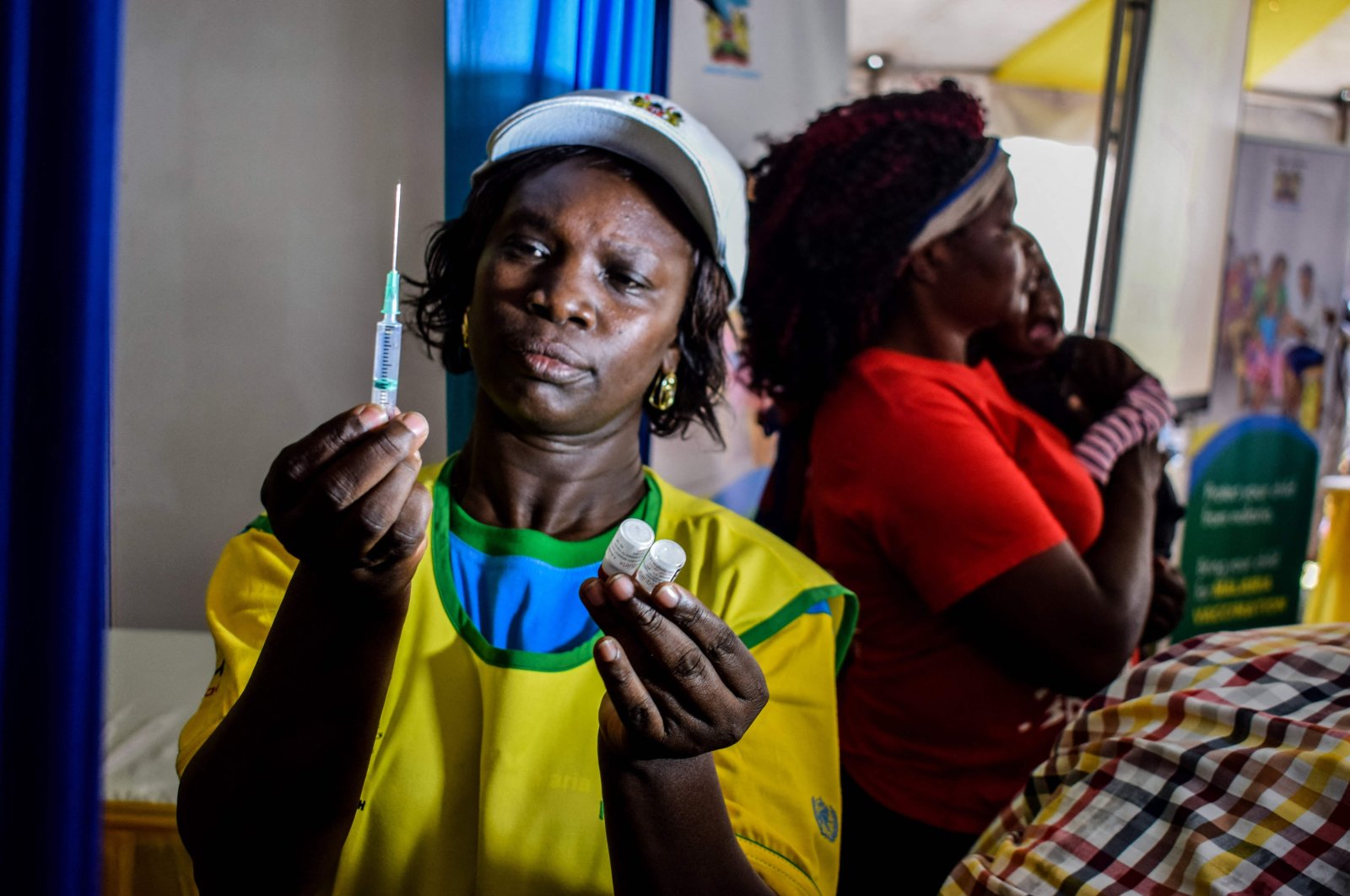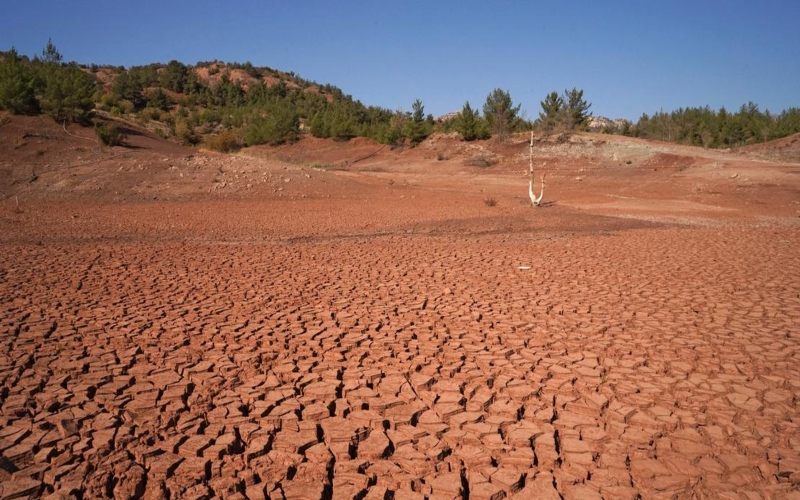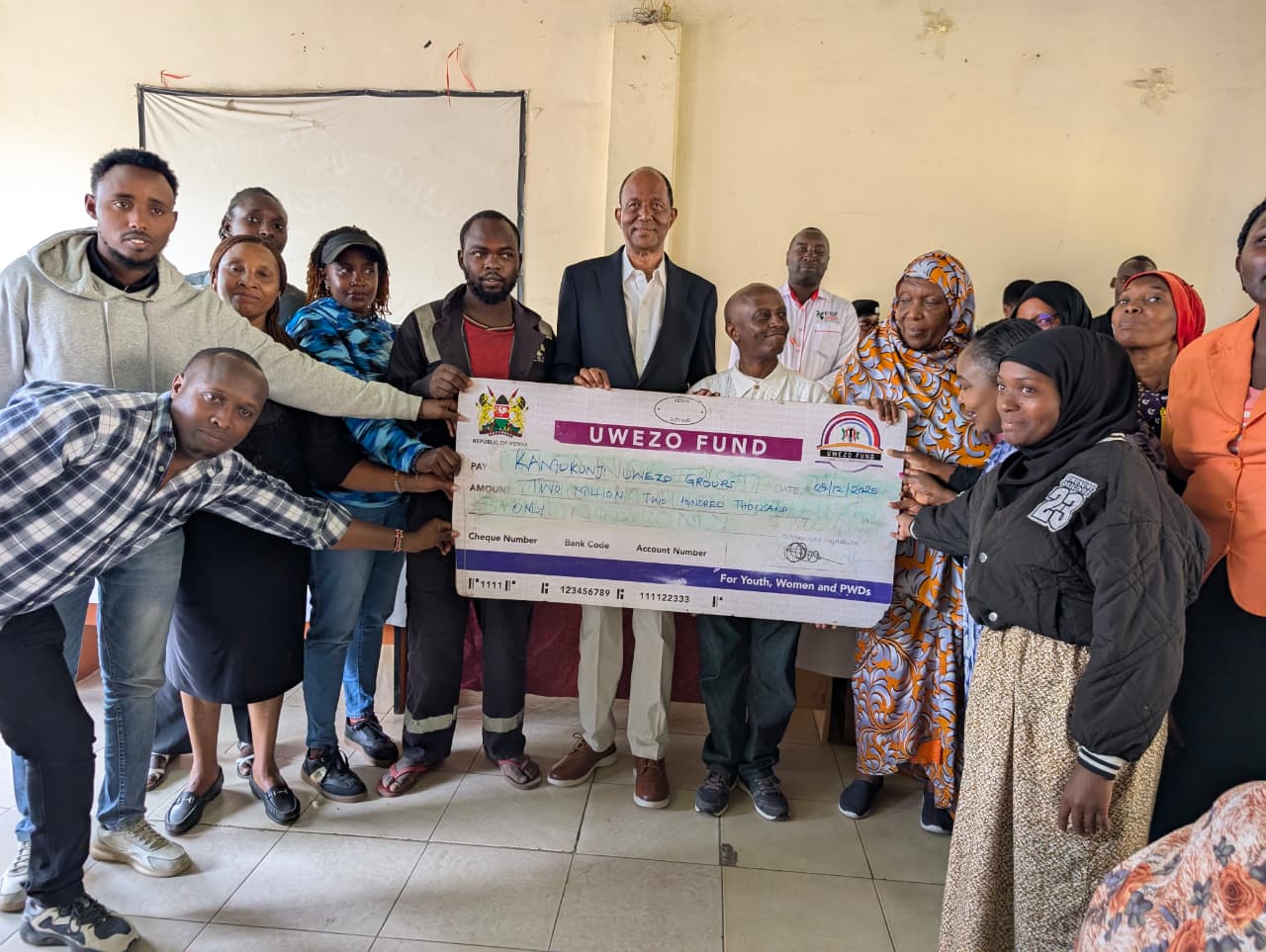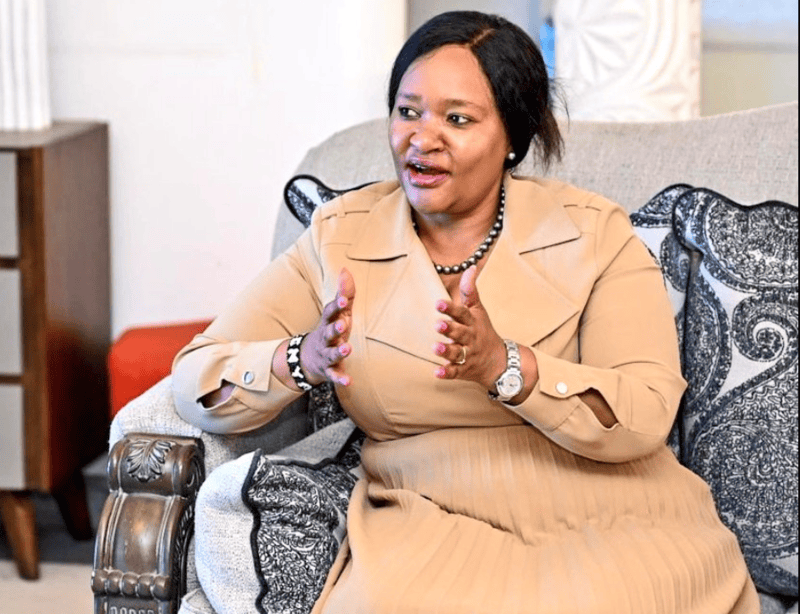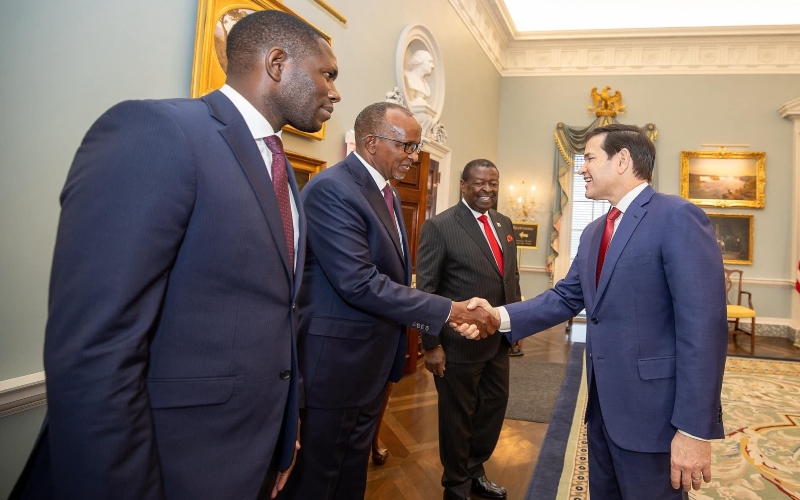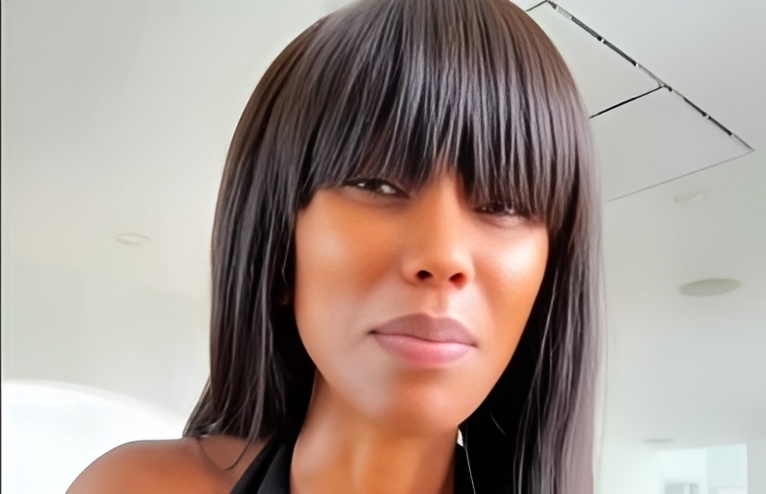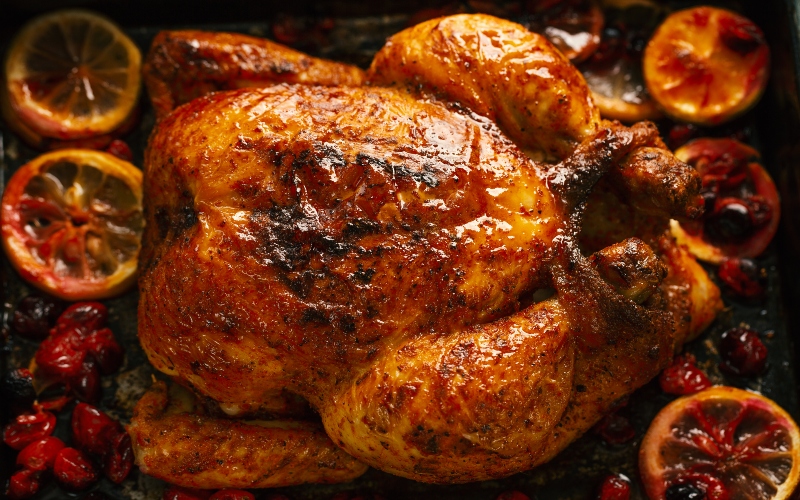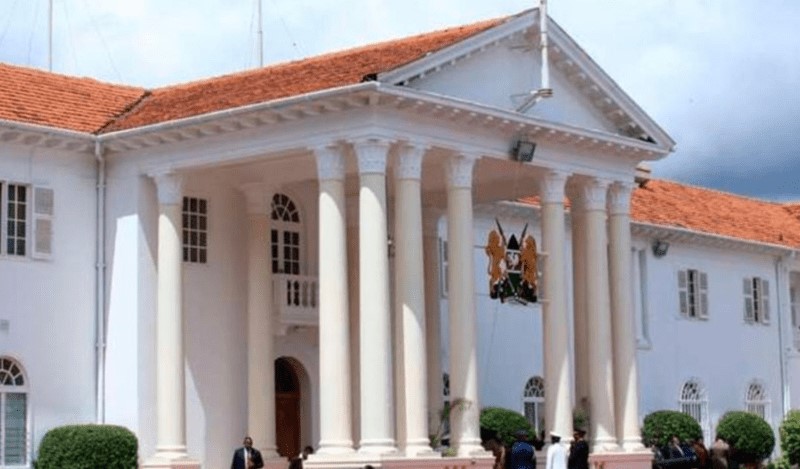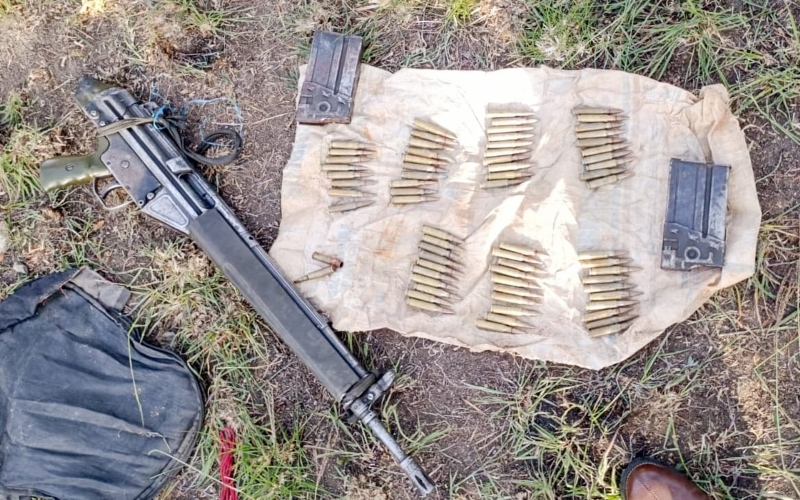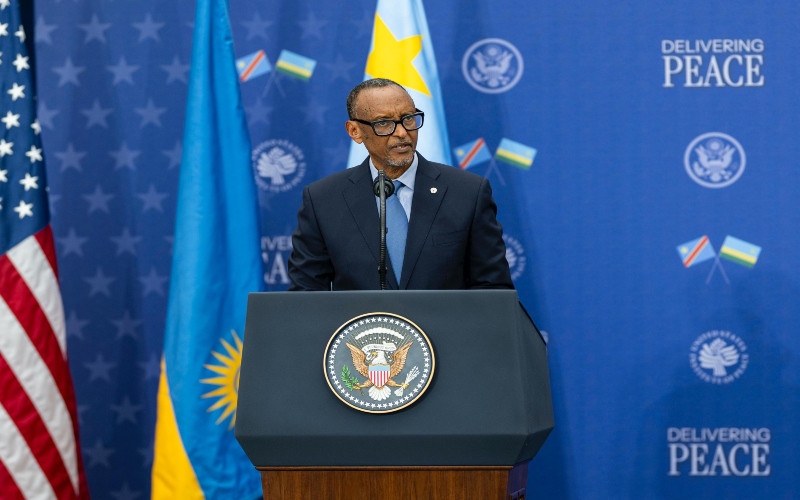Morocco's Gen Z protests: What you need to know
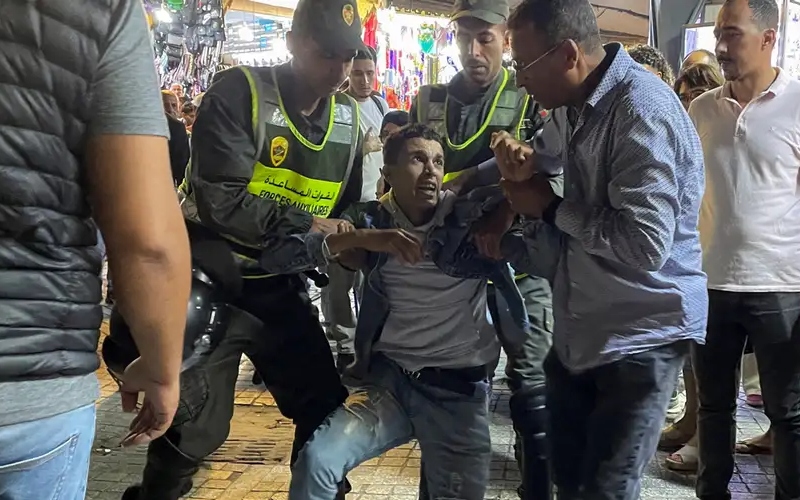
After almost a week of regular demonstrations, protests in Morocco turned violent, resulting in hundreds injured and two deaths. Who's behind the protests, what are they demanding, and where might this end?
Since last week, the streets of the Moroccan capital Rabat have been unusually quiet. This is because in the early evening, the city centre turns into an arena for demonstrations led by an anonymous collective known as GenZ 212.
The name Gen Z indicates the age of the protesters, who are mostly in their teens or twenties, and the numbers 212 are Morocco's dialling prefix.
More To Read
- No plans to relocate 2025 AFCON, CAF assures despite Morocco protests
- Kenya deepens ties with Morocco, hold first joint cooperation commission
- Morocco: Gen Z protests turn violent, two killed
- Morocco: Police detain dozens in Gen Z protests
- Study finds Gen Zs face tougher job market than their predecessors
- Millennials edge out Gen Z in internet use – CA study
The protests started small on September 27, but gradually grew to include working-class neighbourhoods throughout Rabat. It then spread to Morocco's biggest cities, including Casablanca and Agadir, and then to smaller towns, too.
Recently, they have become violent. Morocco's Interior Ministry reported that as a result of violence earlier this week, over 400 people had been arrested, 263 security officers injured, and 142 of their vehicles damaged. A further 20 privately-owned cars were also damaged and 23 civilians injured, the ministry said.
Two people were killed on October 1, after police fired at protesters in the southern town of Lqliaa, reportedly in self-defence, Morocco's state news agency reported.
How did protests start?
The group GenZ 212 first called for protests around a month ago, on its eponymous server on the social platform Discord. It called for young people to protest on September 27 and 28, to demand their right to better health services and education, and to denounce what have been described as misplaced political priorities.
Huge amounts of public money have been invested in football stadiums in Morocco that will be used for various tournaments, including the 2026 Africa Cup of Nations in December and the FIFA World Cup in 2030. But at the same time, local schools and hospitals remain underfunded.
In mid-September, around the time the original GenZ 212 group founded its Discord server, rights groups and locals staged protests in front of a regional hospital in Agadir following the deaths of up to eight women — including several who were pregnant — under questionable circumstances.
At first, it wasn't clear whether GenZ 212's calls to demonstrate would be heeded. But small demonstrations did occur on September 27, and then continued to grow. The group then decided to organise daily protests. This has resulted in some of the largest anti-government protests in Morocco in years.
Moroccans aged between 15 and 34 make up around 30 per cent of the whole population. Although Gen Z 212 has not made jobs a major demand, the Gen Z age group is overrepresented in unemployment statistics, with around 37 per cent of Moroccans aged between 15 and 24 currently without a job. In cities, the unemployment rate for this age group goes up to around 48 per cent.
On Tuesday, October 1, the protests became violent for the first time, with demonstrators seen confronting Moroccan security services, setting cars and shops on fire, smashing windows, and throwing rocks.
Who are GenZ 212?
The group is "purely a product of the internet," Moroccan political analyst Rachid Belghiti told DW Arabic. "It has no traditional organisational structure, and no known leadership."
That makes it different from previous anti-government protests in Morocco, Belghiti noted, including the so-called February 20 Movement, a pro-democracy protest movement that was part of the Arab Spring demonstrations of 2011. The breakout of those protests in 2011 led Morocco's King Mohammed VI to announce a referendum on a new constitution.
"The February 20 movement had a primary political demand: reform of state structures, a complete separation of powers, and the establishment of a parliament that would exercise real powers," Belghiti explained. "Whereas the current demands of the Gen Z movement are more general and are characterised by a kind of political romanticism."
How has the Moroccan government responded?
At first, government-affiliated media outlets didn't pay the youth protests much attention. Some officials uploaded messages to Facebook or YouTube in which they defended the government, criticised the protesters — there were even suggestions that the protests were driven by "foreign actors" — or urged restraint.
However, since then, official statements have become much more conciliatory.
On Tuesday, September 30, the government issued a statement: "After reviewing various developments related to youthful expressions in electronic and public spaces, the government emphasises it is listening and it understands these social demands," the statement said, before emphasising that the way forward must be based on dialogue.
The statement also said that the government was aware of problems within the local health system, and that it was working on other reforms that would empower local youth.
Fatima-Zahra Mansouri, Morocco's housing minister and the mayor of Marrakesh, described the protests as a form of "democratic vitality."
"We are not afraid of our youth," she said at a meeting earlier this week. "Protesting is legitimate, but we want it to remain within the law so that dialogue is possible."
During a live broadcast from inside parliament, Morocco's health minister, Amin Tehraoui, acknowledged chronic shortages within the national health system. He had previously dismissed the director of the Agadir hospital which had been the subject of protests earlier in September.
Protesters clap and raise their arms as they shout slogans during a youth-led demonstration in a market area in RabatProtesters clap and raise their arms as they shout slogans during a youth-led demonstration in a market area in Rabat
Opposition parties have also said that the government should respond to the protesters' demands. Some members of opposition parties even suggested that the government should step down over this.
One notable absence among official sources responding to the protests is the country's billionaire Prime Minister Aziz Akhannouch. As a result, Akhannouch has been the subject of much ridicule and criticism on social media platforms.
On social media, there are increasing calls for Morocco's King Mohammed VI to intervene in the face of what is perceived as the government's inefficiency.
Morocco has an elected parliament and is a constitutional monarchy. But in reality, it is the king, who's been on the throne for over 22 years now, who wields most political and economic power.
The GenZ 212 activists insist they're not targeting this system. "Our problem does not extend beyond the current government and its policies," one statement said. "Do not confuse criticism of the situation with rejection of the nation."
What next?
Moroccan analyst Belghiti believes that the authorities will continue using security forces to ensure they don't lose control of the protests. "That's the easy answer, one that preserves the current state and its policies," he explained.
However, he added, that won't change the things that got the young people protesting in the first place. The education and health sectors in Morocco are plagued by considerable structural problems, the kinds of issues that cannot be resolved quickly, and which profit-conscious politicians may not even care to resolve, he argued.
Should the youth-driven protests continue, or even grow larger, it's possible that Prime Minister Akhannouch might be pushed out of power, Belghiti suggested.
For now, the situation is still developing, the analyst cautioned.
In fact, other experts contacted by DW said there's not enough information available yet to make an informed prediction, especially as there have been loud calls for restraint and de-escalation.
Top Stories Today
